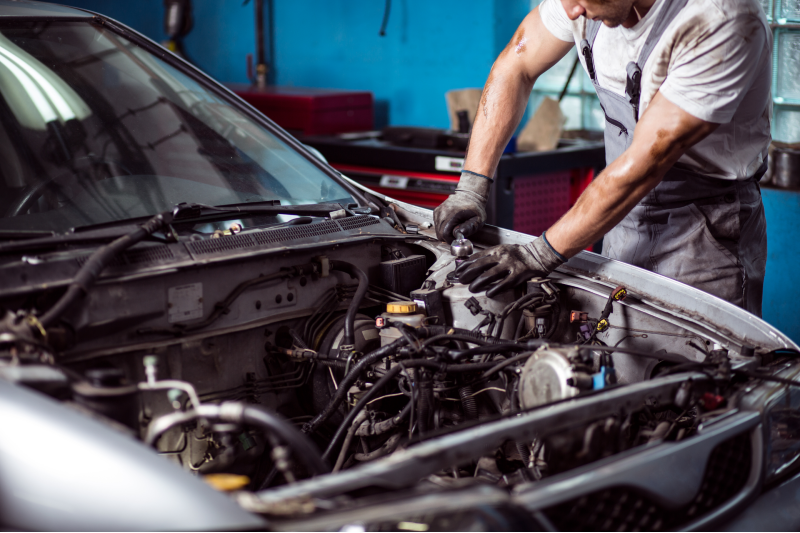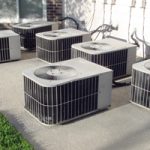Idler bearings are pulley components that are partly responsible for tensioning and guiding an engine’s drive belts. These belts, commonly known as serpentine belts, are routed around engine components such as the AC compressor, power steering pump, water pump, and alternator. Most engines use a single idler pulley, as well as a tensioner pulley, but some have multiple idlers. Over time, these bearings will wear out and need repair. Look for these signs to determine the need for bearing replacement.
Visible Pulley Wear
One of the earliest signs of a bearing problem is pulley wear. With time, as a pulley spins against the serpentine belt, both parts will wear out, leading to visible damage on the pulley’s surface. Eventually, the bearing, belt, and pulley will be so worn that the belt will slip due to a lack of tension.
A Squealing Belt
Another sign of issues with a bearing is squealing noises that come from the serpentine belt. If a pulley’s surface wears, or if the pulley itself binds or seizes, the belt will make a squealing sound. In some cases, failing bearings will cause pulleys to slip or bind, making noise upon engine startup. The problem will only get worse as the pulley wears out.
Damaged Bearings
An evident sign of trouble is a damaged pulley or bearing. In the most severe instances, the bearing will wear out until it breaks, cracks, or comes apart. This will affect the serpentine belt’s rotation, leading to other problems. If the belt breaks or slips off, issues such as stalling and overheating may occur.
Count On Them for the Best Bearings and Parts
Idler bearing and pulleys are found on most road-going vehicles, and they’re a crucial part of an engine’s function. If your pulleys or bearings are having issues, you can count on the company to provide the highest quality replacement parts at competitive prices.








